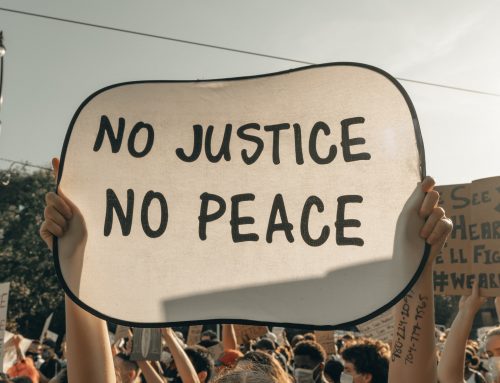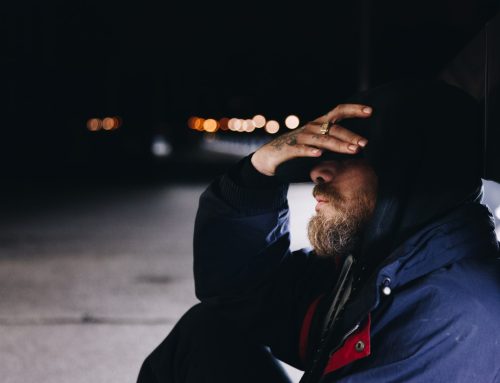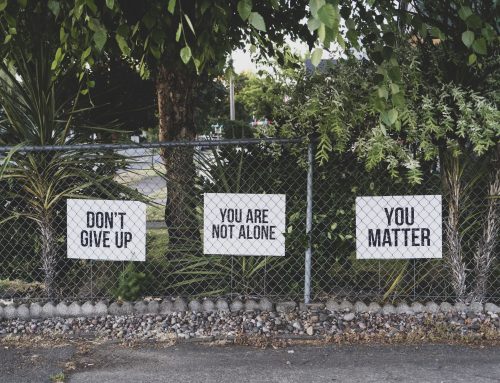Suicide is a serious topic, culturally taboo, that most people fail to recognize what it truly is. We are the generation that is open to differences, but when it comes to mental health and understanding suicide, we are all human. It’s a concept that is pushed aside and forgotten about, but suicide is relevant in each one of our lives in one way or another. The first thing that needs to be recognized is that suicide isn’t something a crazy person does. There are countless reasons for contemplating it in the first place, from the pressure of everyday life to depression. Mental Health can also play a role.
It could be someone who is dealing with the ups and downs of bipolar disorder; such as when someone is in the manic phase of the bipolar is when the chance of them committing suicide is more likely. Personally, I have had friends who have followed through with suicide. They weren’t crazy, as some may believe; they were just struggling in their own lives. Having a mental health challenge doesn’t make you crazy, it makes you human and a part of the human experience. There can be simple steps in preventing Suicide but keep in mind some people cannot be helped.
The first and foremost important step is to not be afraid to ask the person “Are you thinking about committing suicide?” No, this is not going to make the person you ask make them want to commit suicide, which is a common fear. If the person has already thought about it, you’re not furthering that thought or giving any ideas.
If the person says “Yes”, the next step is to ask them, “What is your plan?” You’re not guaranteed to get a straight answer. If you do get an answer, and the person has a plan to commit suicide, the key is to listen to what the person has to say.
Then the next step would be to talk to them about getting help with the resources that are available to them. It can come down to simple solutions depending on the person. The person may need help with something in their life such as school, friends or family. You could ultimately save that person’s life by asking these tough questions and following through with guiding them to get started with the help they need.
Something people fear to learn about is the difference between rational suicide and irrational suicide. Rational Suicide means the person contemplating suicide has a plan in place; a day, time, and location, and they have decided how they are going to carry out the suicide. They have written notes to loved ones and taken care of things. On the other hand, a person who has committed irrational suicide did not have a plan in place. This is when the person commits suicide in the moment.
I have been a victim’s advocate and was trained by suicide-preventionists. I have worked directly with people considering suicide and families that have experienced suicide in their life. I have dealt with my own family members who suffer from depression. I myself, at one point, considered committing suicide. I only had the thought and honestly these thoughts can be normal to go through. It’s when those thoughts become actions that it can be dangerous. There are always resources available and no one ever had to be alone when it comes to struggles with this thought process. It is a matter of making the resources more available to all in need and getting the information out to the public.
It’s tragic when a loved one is taken away too soon and unexpectedly, whether it is a friend or a family member. Grief and the duration can vary for each individual after losing someone close. There is no right way to grieve. It is a process that can end in a better understanding of how to cope with a topic that is shunned by society. For myself, I still grieve over those that I have lost to suicide: one specific person who had a large impact on my writing. She believed in me when I first met her. Through grief, I was eventually able to let myself find inner peace about what happened. She had attempted suicide three times in her life. The third time the fatal one.
A common misconception about suicide is that the thoughts are only brief, when in reality it is a larger struggle from within. For those of us on the outside it is hard to understand the struggle. thoughts of suicide. The length of time a person thinks about suicide can vary for each individual, as do the signs of suicide.
Depression for a long duration isn’t mentally healthy. It’s normal to be depressed for a couple days but when it doesn’t go away is when it is time to look into talking to someone and getting help. To talk to a therapist doesn’t mean you are crazy, it means you’re smart enough to allow yourself the mental break and healing needed when talking to a professional. They are able to see things differently and objectively. Perspective is everything when it comes to one’s mental health. Talking to someone who isn’t directly in your inner circle of family and friends can be the fresh start one needs. You get time to
really reflect and discover what is making you feel depressed. Finding the reason for these feeling or (any negative emotion) can be healthy for your overall well-being.
Unfortunately there is a negative stigma that seems to lie within mental health and suicide. There needs to be open conversation about this topic and more knowledge provided for the public. If you or someone you know is contemplating suicide don’t be afraid to take the steps above. Call the National
Suicide Prevention Hotline at 1-800-273-8255. Never be afraid to ask for help. A common misconception of our society is that the reality of contemplating, thinking and feeling about suicide is you’re alone… not true…someone somewhere every 13 minutes considers suicide. You are not alone. Please
seek the help.
Bio: Jessi Hersey earned a BA in psychology from the University of Northern Colorado. She is a published poet and novelist who lives with her family in Louisville, Colorado, where she spends most days writing. Hersey’s first novel, Changing the Bloodline, covers topics such as suicide. She is in the processes of making this novel into a film. Look for the opportunity to take part in the film at indiegogo.com.








Leave A Comment